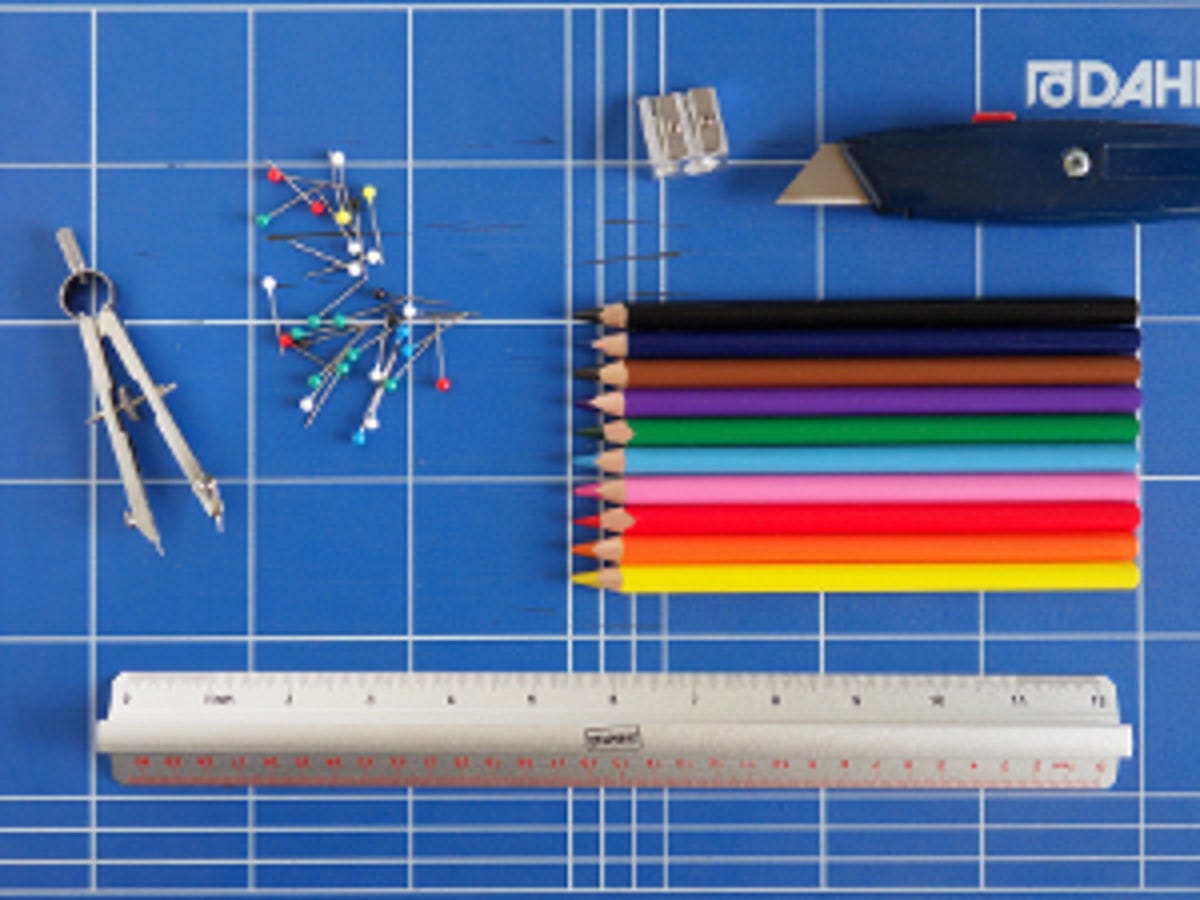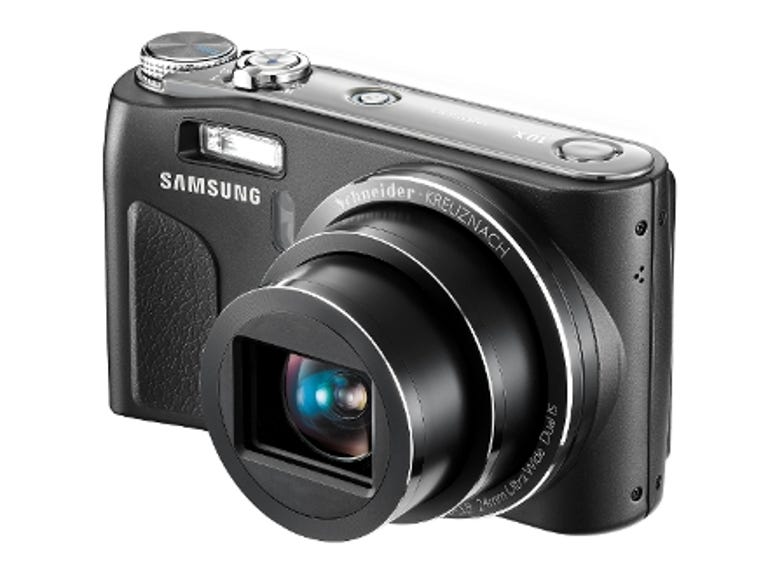 Why You Can Trust CNET
Why You Can Trust CNET Samsung WB500 review: Samsung WB500
The 10-megapixel WB500 compact superzoom with an ultra-wideangle 10x zoom ticks all the boxes, has no serious flaws and represents good value for money. There are more exciting cameras on the market, but the WB500 is well worth a look, offering good image quality and design
Samsung says the WB500 has the world's first 24mm ultra-wideangle lens with a 10x zoom. But Panasonic's Lumix DMC-TZ6 has a 25mm 12x zoom, so we're talking fractions here. It pays not to get too taken in by headlines and specs. Still, for around £200, the 10-megapixel WB500 does look like a pretty good deal.
The Good
The Bad
The Bottom Line
Positives
We like the TZ6, which is something of a benchmark for compact superzooms, so the WB500 has plenty to live up to. It's a good deal chunkier for a start and doesn't have the TZ6's high-quality feel, but it's easy to grip and there's more room for the controls.

These include a rather neat 'command lever' on the back that can be used to apply EV compensation in tricky shooting conditions or, if you dip into the set-up menus, you can configure it to adjust the ISO or white balance instead.
On the top of the camera, the mode dial shows off another feature the TZ6 doesn't have -- a manual exposure mode. Admittedly, there are only two lens apertures to choose from, but it's something.
In fact, this is a pretty well-equipped camera all round. It starts up quickly, the autofocus and zooming speed are fine, and the LCD is really crisp and clear. If you want to mess with the settings, you press a Fn button on the back that calls up a menu for adjusting image size, focus area, metering mode, drive mode, ISO, white balance and face detection (this includes smile and blink detection). This takes care of almost all everyday settings. But, if you want to try out the auto contrast balance, you'll need to go to the main menus, which is a pain. This feature brightens up dark shadows in high-contrast scenes, and is handy if you're shooting indoors with a bright window in the background, for example.
On a practical note, like other Samsung cameras, the WB500 can be charged from any powered USB port, or using the bundled mains adaptor.
Negatives
The zoom range is handy rather than earth-shattering and, while the silver buttons and directional controller look smart, they're rather thin and slippery and the engraved markings aren't easy to see if the light's not right.
The main problem, though, is the WB500's rather lacklustre image quality. Overall exposure and colour rendition aren't a problem -- it's the fine detail that lacks something. Samsung says its new DRIM processing engine virtually eliminates artefacts and digital noise, but it does a pretty good job at suppressing subtle detail generally. Let's say you're photographing a distant line of trees in a landscape shot. The trees themselves will stand out crisply against the sky, but, if you look closely, you'll see that foliage itself has very little texture or detail.
It's not just the WB500. This is a characteristic of small sensors with high resolutions. Normally, you might just shrug it off. But, if you compare this camera's pictures with those of the TZ6, you're likely to see a difference in the finer details.
Conclusion
The Samsung WB500 is pretty good in many ways. The picture quality is pretty good, despite the comments above. The specs are pretty good, the handling and controls are pretty good and it's certainly pretty good value for money. But 'pretty good' is about as exciting as it gets.
Edited by Charles Kloet
